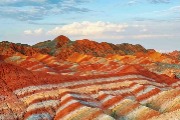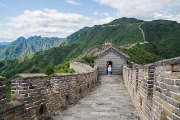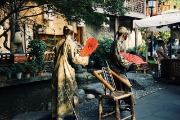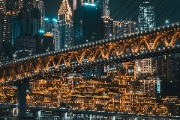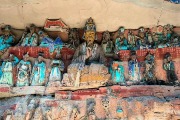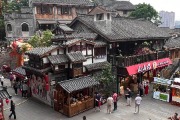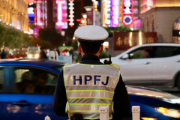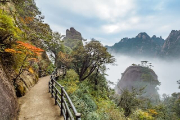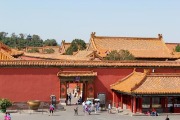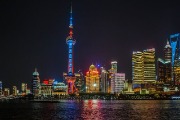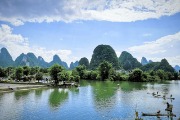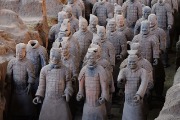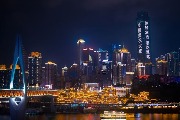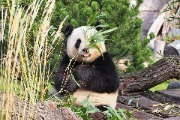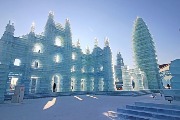Chongqing Hongya Cave
Its stunning cyberpunk nightscape has taken global social media by storm.
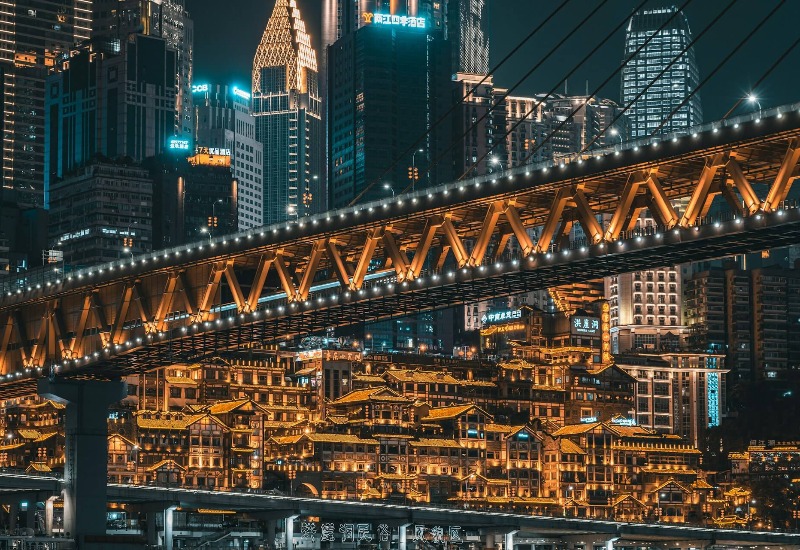
Location: Chongqing Municipality , China
Type: One of China’s top three city nightscapes and a social media sensation
Chongqing went viral on social media for its cyberpunk-style cityscape, and the heart of its stunning night view is Hongya Cave (Hongyadong 洪崖洞). Unlike other travel articles that only highlight the Hongya Cave shopping complex, the real experience includes the riverside park across the river, the Qiansimen Bridge, and nearby spots like Jiefangbei and the Mountain City Trail. We’ll take you through these incredible landmarks and give you the full Chongqing night tour. Plus, we’ll wrap it up with some travel tips and ticket info at the end
Table of Contents
Main Attractions in Hongya Cave Scenic Area
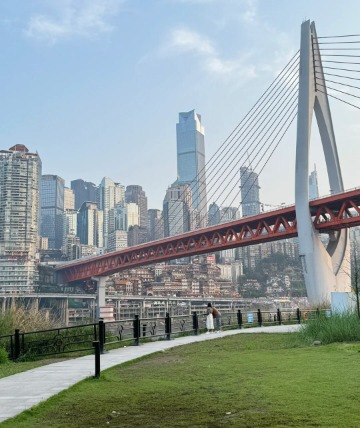
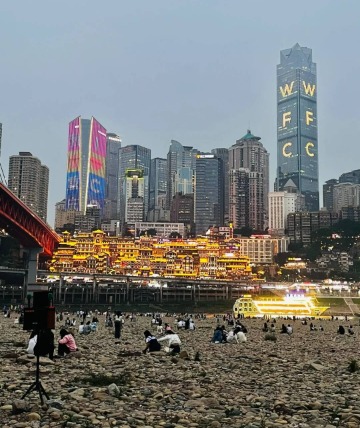

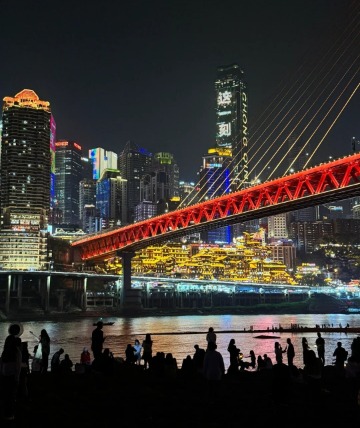
Grand Theatre Riverside Park (大剧院江滩公园)
If you’re planning to check out Hongya Cave’s amazing night view, don’t rush straight there. I recommend starting across the river at the Grand Theatre Riverside Park. From here, you get a great view of Chaotianmen Dock, where the two rivers meet, along with the iconic Hongya Cave, the Yangtze River Bridge, and Qiansimen Bridge spanning the river. This spot really captures the essence of Chongqing’s river city vibe, its mountainous landscape, and its bridge-filled skyline. It’s the perfect place to take in the city’s night scene.
Here, the sky, the city, the bridges, and the lights all blend together in the background. The rough stones, rushing water, dangerous rapids, cold winds, and wild terrain create a sense of adventure for young visitors. The park is always buzzing with locals and tourists alike, and a lively night market has sprung up with food stalls and beer stands. You’ll see plenty of young people pulling out their phones, taking pictures with the stunning lights of the bridges, Hongyadong, and the Jialing River in the background.
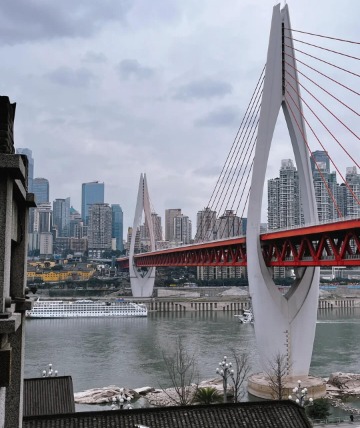
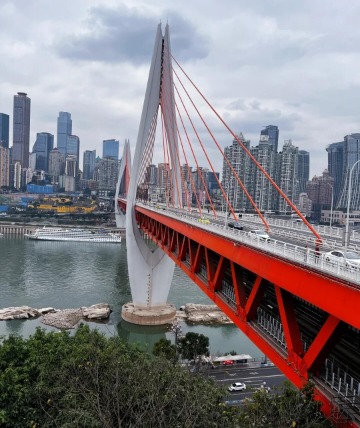
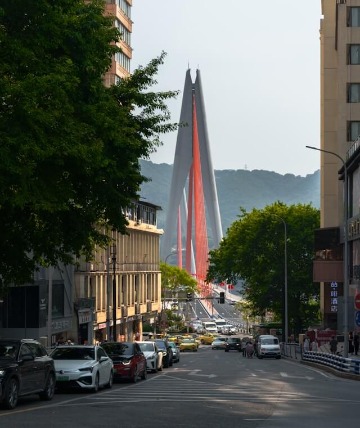
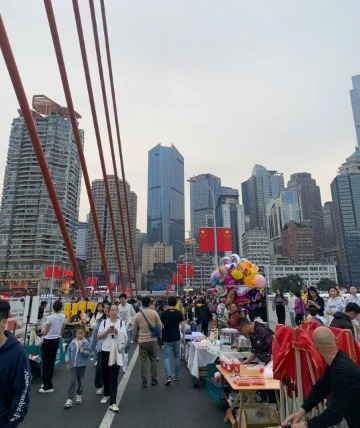
Qiansimen Bridge (千厮门大桥)
After taking photos at the riverside park, you can stroll over to the nearby Qiansimen Bridge pedestrian walkway and walk towards Hongya Cave, which is about 700 meters away. This is a combined road and rail bridge— the upper level for vehicles and the lower level for trains. Its red structure stands out in the sunlight, making it impossible to miss. Walking across the bridge, you’ll have an amazing view of Hongya Cave’s night scene, plus the refreshing breeze from the river.
The Chongqing government really takes care of its visitors. During China’s holiday travel peaks, the police close off the road portion of the bridge to vehicles, allowing only pedestrians to cross. When this happens, the bridge turns into a lively night market. You can stroll, grab some street food, and enjoy the city lights all at once!
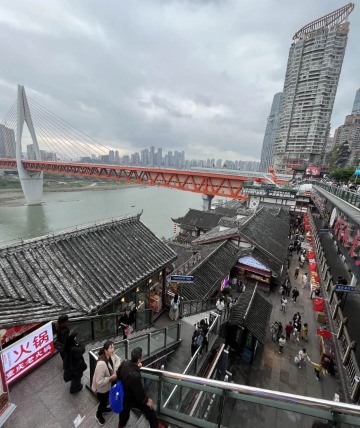

Hongya Cave 11th Floor (洪崖洞11楼)
After crossing Qiansimen Bridge, you’ll arrive at the 11th-floor observation deck of Hongyadong. You might be wondering, “Why is it called the 11th floor when it’s on the street level?” Well, that’s the charm of Chongqing’s mountain city vibe! The city is built on hills, so it’s completely normal to find roads at higher floors of buildings. The 11th floor of Hongya Cave is actually one of its main entrances, and both the 11th and 1st floors face busy streets.
From here, you get a panoramic view of the Hongya Cave area, with especially breathtaking views of the Jialing River and Qiansimen Bridge. There are also many bronze sculptures on the 11th floor, depicting old Chongqing life and giving you a sense of the city’s history.
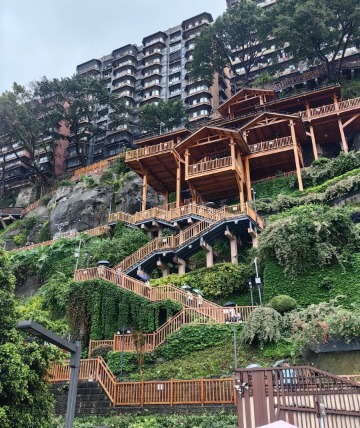
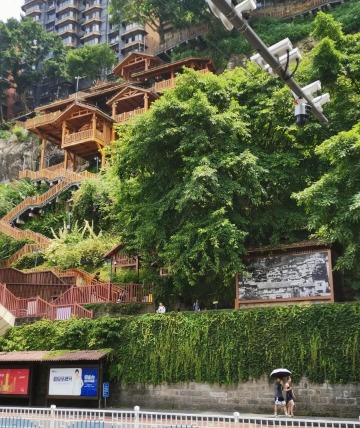
Dai Jia Alley Cliffside Path (戴家巷崖壁步道)
After soaking in the views, you can take the nearby Dai Jia Alley Path down from Hongyadong. The elevator usually has long lines, and most visitors don’t recommend taking it.
The cliffside path is built in a Z-shape, winding down the steep hillside. As you walk, you’ll enjoy beautiful views of the city and the Jialing River.
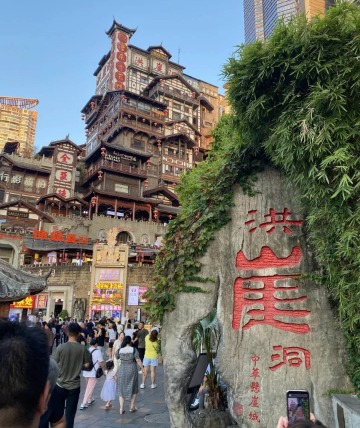
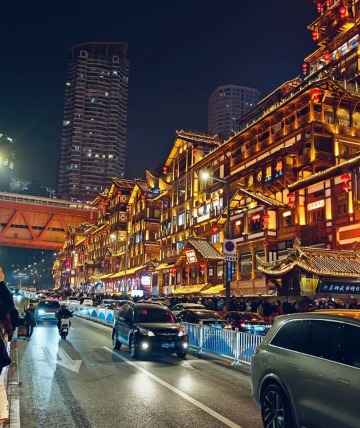
Hongya Cave 1st Floor (洪崖洞1楼)
After coming down from the Dai Jia Alley Path, you’ll reach the 1st floor of Hongya Cave. Here, you’ll find a visitor center, a food night market, and an antique market. It’s the perfect place to sample some classic Chongqing snacks and admire traditional Chinese antiques.
Cross the street to the other side, and you can look up at Hongyadong’s grand golden structure—it almost feels like something straight out of the animated film Spirited Away. However, it can get super crowded with cars and people, so make sure to stay safe!
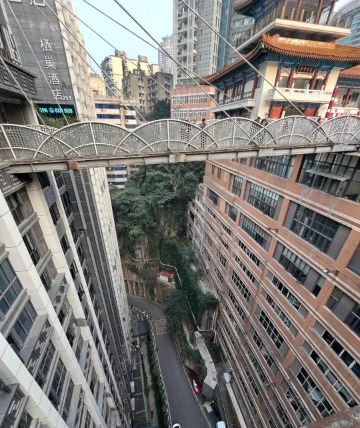
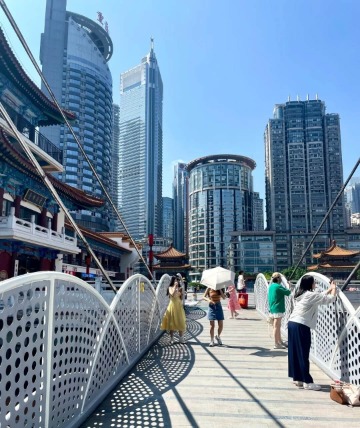
Kuixing Building (魁星楼)
Once you’ve had your fill of Chongqing night view, head over to another popular spot that’s blowing up on social media: Kuixing Building. It’s only 500 meters away from Hongya Cave, about a 10-minute walk.
What makes Kui Xing Building unique is how it highlights Chongqing’s distinctive mountainous terrain. The square at the base of Kui Xing Lou is connected to the opposite building by two suspended skybridges. When you look down from the square, you’re gazing 22 floors down. But when you turn around, you’re on a spacious 1st-floor plaza. It can be a bit disorienting at first, as you’ll have a hard time telling if you’re on the 1st floor or the 22nd. This sense of spatial confusion is what amazes many first-time visitors!
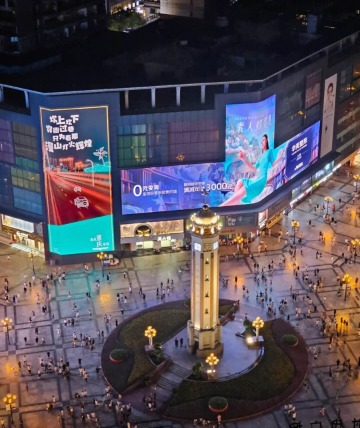
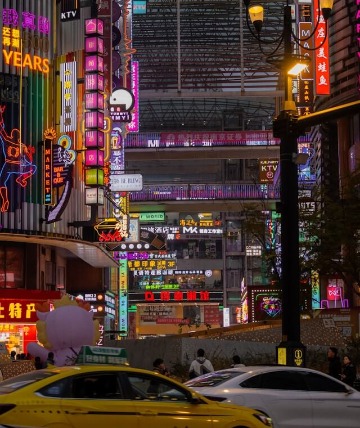
Jiefangbei (解放碑)
After experiencing the amazing Kui Xing Lou, you can continue your walk to Jiefangbei. Many tourists in Chongqing pair Jiefangbei and Hongya Cave as must-visit spots.
Jiefangbei is the city’s busiest commercial area, packed with shopping, food, and entertainment. At its core is a monument, which is the only one in China dedicated to commemorating the victory in the Anti-Japanese War—hence the name “Jiefangbei” (Liberation Monument).
As night falls, the towering skyscrapers and neon signs light up, making the pedestrian street feel like a perfect blend of modern technology and retro vibes. Walking here feels like stepping into a cyberpunk world.

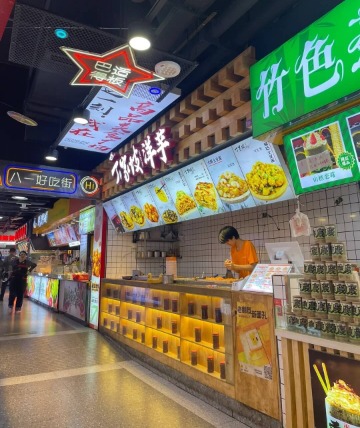
Bayi Food Street (八一好吃街)
If you’re feeling tired after exploring Jiefangbei, head over to Bayi Food Street for a quick cup of milk tea and some authentic Chongqing food. This street is a food lover’s paradise, offering everything from traditional Chongqing hotpot, skewers, spicy noodles, and sour-tasting noodles to specialties like roasted pig’s trotters, crispy meat and cold skewers. The tempting aromas from each stall will definitely make your mouth water!
Inside Hongya Cave
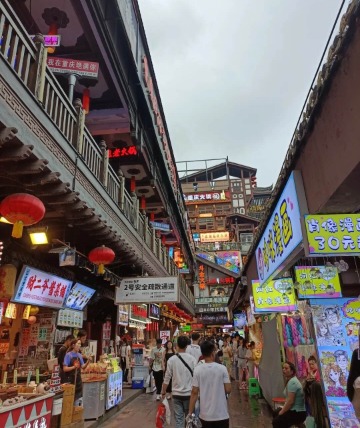
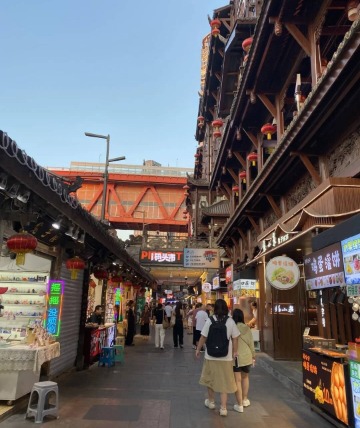
Outdoor Food Street (户外小吃街)
The 1st, 9th, and 10th floors of Hongya Cave are all food streets, with hotpot restaurants around every corner. The spicy, numbing aroma of hotpot fills the air. Besides the many food stalls, you’ll also find handicraft shops, local specialty stores, and bars, making it a lively spot for night entertainment.
However, many visitors mention that the shouting of shopkeepers and the noise from the crowds can make the atmosphere exciting but also a bit overwhelming at times.
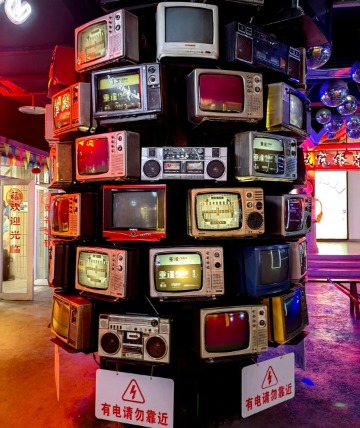
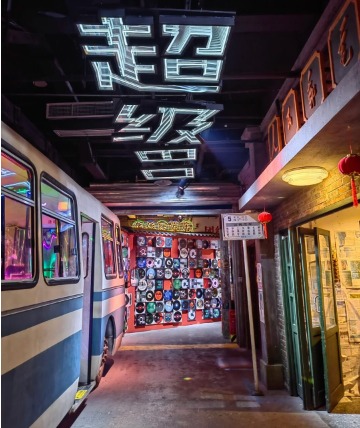
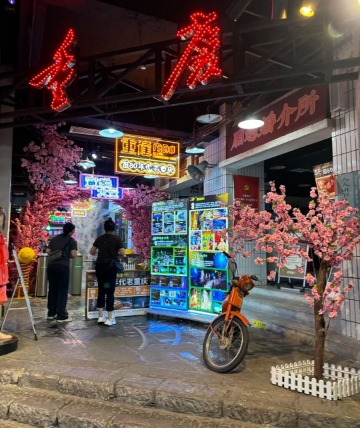
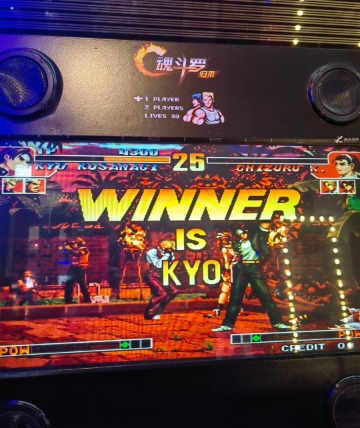
1980s Area (1980街区)
Located on the 5th floor of Hongyadong, the 1980s Street brings the old Chongqing vibe back to life. It’s a retro-style area featuring old-fashioned photo studios, department stores, a mountain city cinema, and even trams. It really feels like stepping into the 1980s and experiencing the city’s past.
Hongya Cave at Different Times
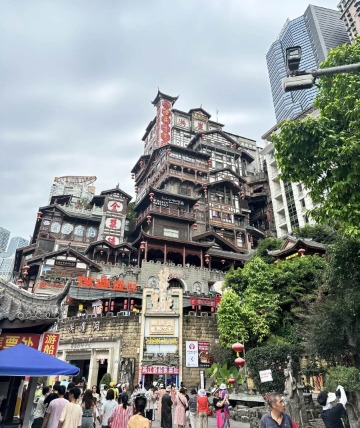

Daytime (白天)
During the day, you can get a clearer view of Hongya Cave’s unique Ba-Yu stilted building structure. The wooden exterior and the staggered floor layout are fully visible, without the distraction of nighttime lights. Compared to the bustling crowds at night, Hongyadong is much quieter during the day. It’s a more relaxed experience, with fewer tourists, allowing you to freely explore the different floors without the hassle of crowds.
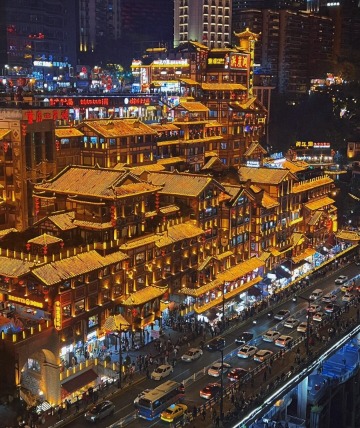
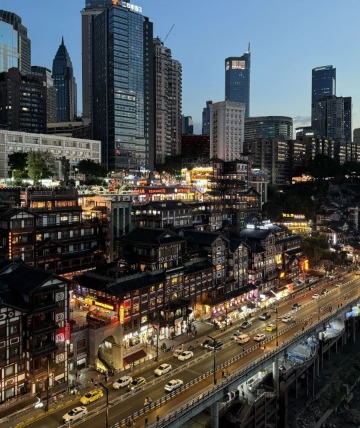
After the Lights Go Out (关灯后)
Typically, Hongya Cave turns off its lights between 11:00 and 11:30 PM. Once the lights go out, it’s pitch black, but many visitors still linger, taking a stroll along the riverside and enjoying a peaceful, leisurely night.
Hongya Cave Photography Guide (Chongqing Night View)
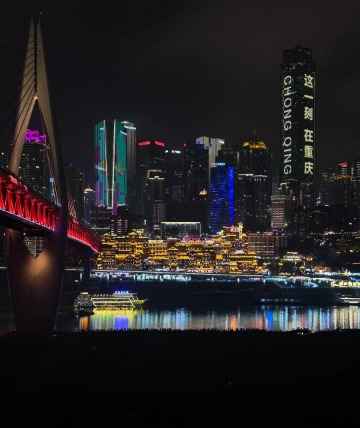

From a Distance (Riverside Park) 从远处(江滩公园)
Exit from Exit 2 at the Grand Theatre Metro Station, and use navigation to get to “Baodingmen 保定门” to walk down to the riverside. This area features a pebbled beach, so make sure to wear comfortable shoes. At night, the riverside gets quite lively, and it’s the perfect spot to capture both Qiansimen Bridge and Hongya Dong in the same shot.
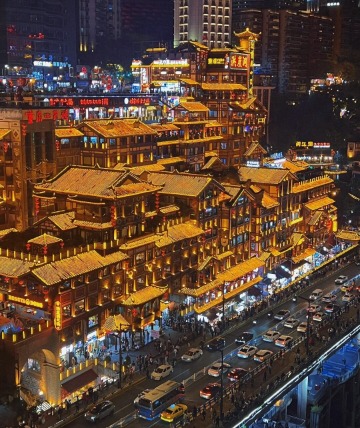
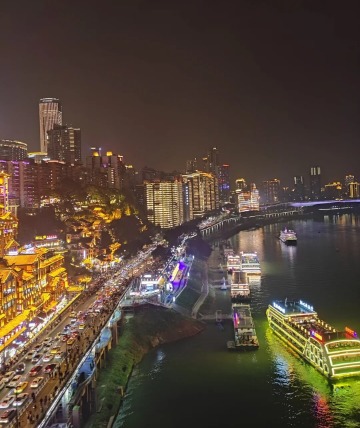
From Above (Qiansimen Bridge) 从高处(千厮门大桥)
This is the angle closest to the Spirited Away anime style—when you see the scene in front of you, you might even wonder if Hayao Miyazaki came to Chongqing for inspiration! (Just kidding, haha!)
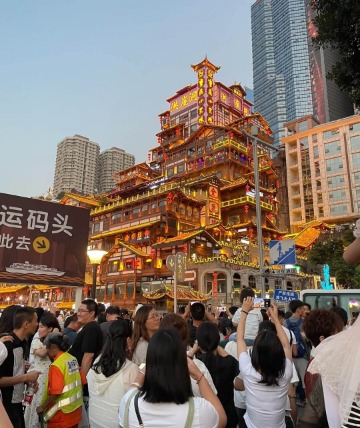
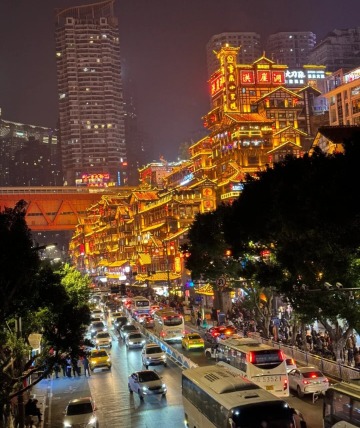
From Below (Opposite Hongya Cave on the Street) 从低处(洪崖洞一楼马路对面)
This spot gives you a great close-up view of Hongya Cave, and it looks amazing at night. The downside is that it can get really crowded during holidays, with lots of tourists and people doing photo shoots. However, you can head up to the pedestrian bridge, where you’ll get a fantastic view of the traffic below. Long exposure shots here can turn out beautifully!
Popular Attractions Near Chongqing Hongya Dong
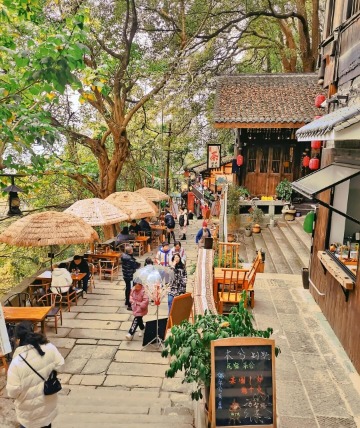
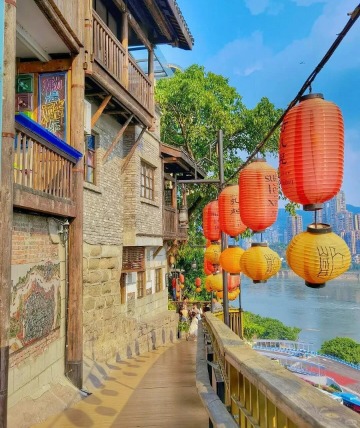
Mountain City Trail (山城步道)
The Mountain City Trail is about 5 kilometers from Hongya Cave. Historically, the people of Chongqing built many paths and stairways to adapt to the city’s rugged terrain. Today, the Mountain City Trail is not only an important route for locals but also a fantastic spot to take in the city’s unique views.
This 1.8-kilometer-long trail offers a great vantage point for overlooking the Jialing River and getting up close with the Chongqing metro trains as they pass right beneath you. Along the trail, you’ll also find historic buildings, like the Mountain City Alley, air raid shelters, and Ren’ai Hall. These sites not only showcase the city’s history but are also commonly used as filming locations in Chinese movies and TV shows. Plus, there are plenty of tea houses along the trail, where you can sip tea while enjoying breathtaking views of Chongqing from the hillside.
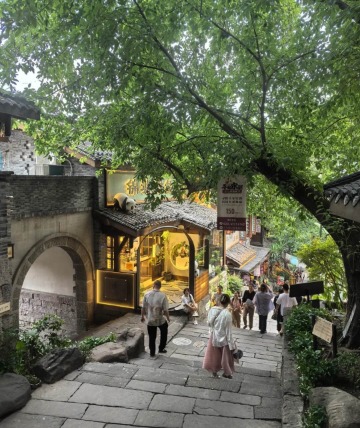
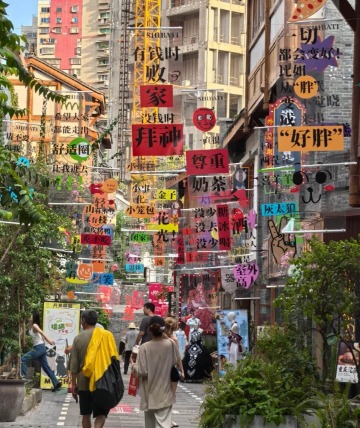
Shiba Ti (Eighteen Steps) (十八梯)
Shiba Ti is about 3 kilometers from Hongya Cave. Known for its stone-paved streets and stilted buildings, this area showcases traditional Chongqing mountain city architecture, with structures that follow the natural slopes of the land. Along the streets, you’ll find a mix of old-school tea houses and restaurants, as well as modern cafes and bookstores. You can also shop for handmade crafts, like painted fans, frosted items, and paper-cutting art, to experience the local craftsmanship up close.
Every year during the Lantern Festival, Shiba Ti hosts a grand lantern display. It’s the perfect time to enjoy vibrant lanterns and performances, soaking up the festive atmosphere.
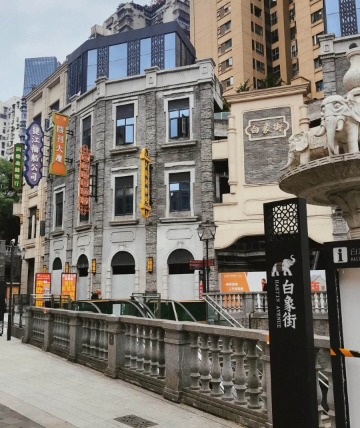
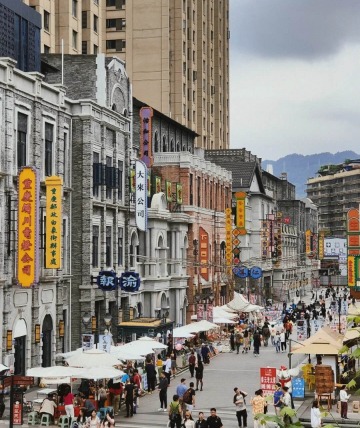
Bai Xiang Street (白象街)
Bai Xiang Street is about 3.1 kilometers from Hongya Dong. This retro street has a distinct Republican-era vibe, with many historical sites, such as old houses and vintage shops. You can step inside some of these buildings to explore and learn about Chongqing’s history and stories from the Republican period.
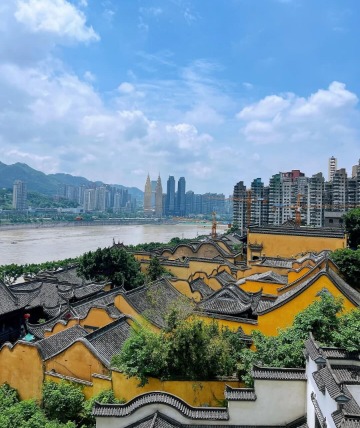
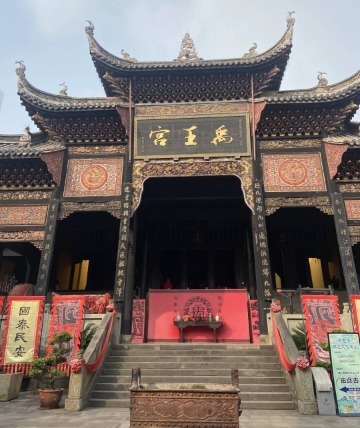
Huguang Guild Hall (湖广会馆)
The Huguang Guild Hall is just 1.4 kilometers from Hongya Cave. Established in 1759, it has a history of over 300 years. Originally, it was built to serve the people from Hunan and Hubei provinces who lived in Chongqing, providing a place to connect with fellow townspeople, preserve local traditions, and conduct business.
Inside the hall, you’ll find an impressive collection of wood carvings, stone sculptures, and brick carvings, all of which hold significant artistic value. During traditional festivals like Chinese New Year, Tomb Sweeping Day, Dragon Boat Festival, and Mid-Autumn Festival, the hall hosts events such as the “King Yu Temple Fair,” “King Yu Sacrifice Ceremony,” and “Intangible Cultural Heritage Performances,” attracting plenty of visitors.
FAQs About Chongqing Hongya Cave
1. What time does Hongya Cave light up?
In summer, the lights usually turn on at 7:30 PM. In winter, it’s around 6:00 PM.
2. How old is Hongya Cave?
Hongya Cave has a history of over 2,000 years.
How to Get to Hongya Cave
There are several metro routes you can take to reach Hongya Cave:
- Line 1 or Line 6 to Xiaoshizi Station: Exit from Exit 9, and it’s about a 12-minute walk to the 11th floor of Hongya Dong.
- Line 2 to Linjiangmen Station: Exit from Exit 2, and it’s about an 11-minute walk to the 11th floor of Hongya Cave.
- Line 2 to Huanghuayuan Station: It’s about a 19-minute walk to the 1st floor of Hongya Cave.
Hours & Fees
Hours
Daily from 9:00 AM to 11:00 PM
Best Time to Visit
7:00 PM
Fees
Free Entry, but you need to make an online reservation in advance. You can book through the official Hongya Cave WeChat Mini Program or certain travel platforms.
Important: Be cautious and avoid trusting scalpers or unidentified individuals charging for entry or guiding you, as this could lead to scams.
Practical Tips
Bring a Camera: The lighting at night can be dim, and neon reflections often make phone photos look blurry. A camera will give you clearer, crisper shots. If you want to take a close-up photo, consider bringing a lighting prop like a flashlight or light stick.
Wear Slim-Fitting Clothes: To highlight your silhouette and get better shots, choose form-fitting outfits. For footwear, opt for comfortable shoes since the stone paths along the river can be tricky to walk on.
Avoid Public Holidays: Try to visit on non-holiday days to avoid crowds. This will make your photography experience much more relaxed and enjoyable.
Avoid Buying Souvenirs or Dining Inside Hongya Cave: The area inside Hongya Cave has a heavy commercial atmosphere, so it’s not ideal for shopping for souvenirs or having a full meal. You can try local snacks at the food stalls along the street, but it’s better to skip the main meals inside.

